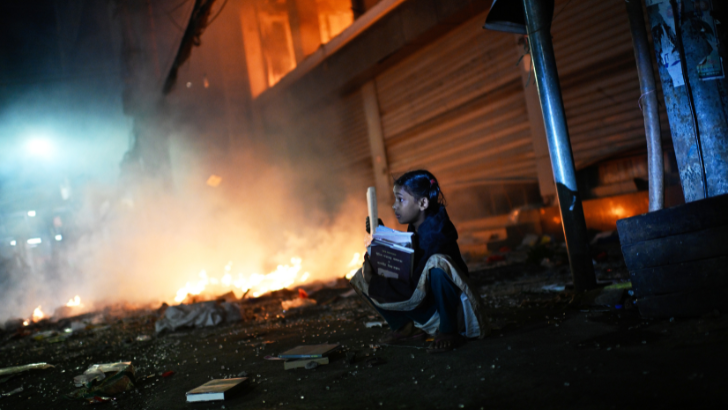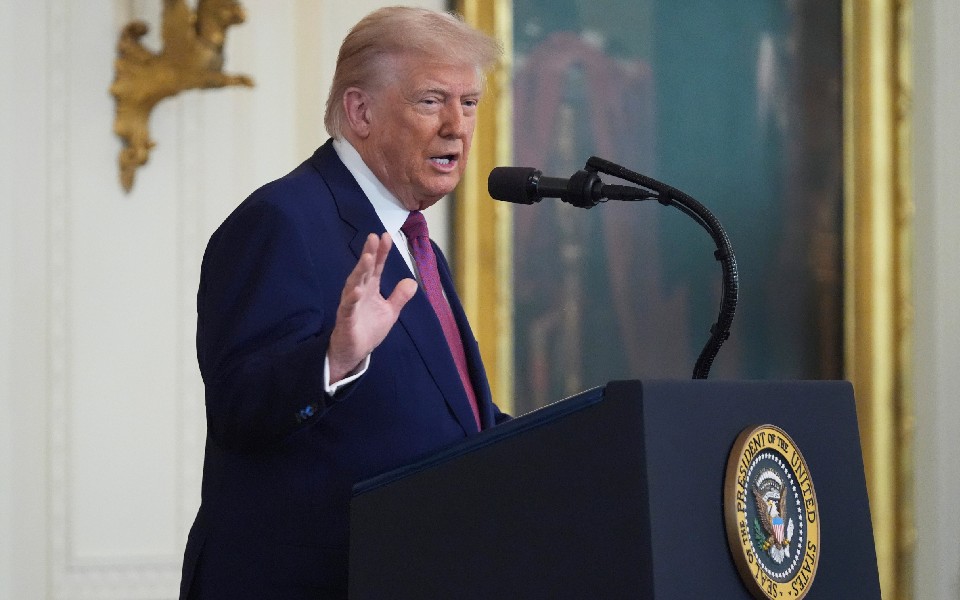Infected blood scandal: Kids were used as 'guinea pigs' in clinical trials
The documents reveal a secret world of unsafe clinical testing involving children in the UK, as doctors placed research goals ahead of patients’ needs.
BBC News
-
Luke O’Shea-Phillips, here aged 2, says he could have been killed by infected blood given to him during a clinical trial. PHOTO: Allan Archive
London, 19 April
The true scale of the number of medical trials using
infected blood products on children in the 1970s and 80s has been revealed by
documents seen by BBC News. They reveal a secret world of unsafe clinical
testing involving children in the UK, as doctors placed research goals ahead of
patients’ needs. They continued for more than 15 years, involved hundreds of
people, and infected most with hepatitis C and HIV. One surviving patient told
BBC he was treated like a “guinea pig”. The trials involved children with blood
clotting disorders, when families had often not consented to them taking part.
The majority of the children who enrolled are now dead.
Documents also show that doctors in haemophilia centres
across the country used blood products, even though they were widely known as
likely to be contaminated. A shortage of blood products in the UK in the 1970s
and 80s meant they were imported from the US. High-risk donors such as
prisoners and drug addicts provided the plasma for the treatments that were
infected with potentially fatal viruses including hepatitis C - which attacks
the liver resulting in cirrhosis and cancer - and HIV.
One blood product, known as Factor VIII, was seen to be
highly effective for stopping bleeding but also widely known to be contaminated
with viruses. A public inquiry is under way into the scandal. The final report
is due in May.
'Guinea pig'
Luke O'Shea-Phillips, 42, has mild haemophilia - a blood
clotting disorder that means he bruises and bleeds more easily than most. He
caught the potentially lethal viral infection hepatitis C while being treated
at the Middlesex Hospital, in central London, which was administered because of
a small cut to his mouth, aged three, in 1985.
Documents seen by the BBC suggest he was deliberately given
the blood product - which his doctor knew might have been infected - so he
could be enrolled in a clinical trial.
The doctor wanted to find out how likely patients were to
catch diseases from a new version of heat-treated Factor VIII. Though he had
never been treated for his condition before, Luke was given heat-treated Factor
VIII to stop his mouth bleeding.
A letter from Luke's doctor, Samuel Machin, to another
expert in haemophilia, was submitted in evidence to the public inquiry into the
infected blood scandal.
Writing to Peter Kernoff, at London's Royal Free Hospital,
Dr Machin detailed the treatment of Luke and another boy, asking: "I hope
they will be suitable for your heat-treated trial."
Months earlier, Dr Kernoff had called on fellow doctors in
the field to identify patients suitable for clinical trials. Specifically, he
said, they had to be "previously untreated patients", known as
"PUPs" in the medical community.
They were also nicknamed "virgin haemophiliacs" -
a term written on Luke's medical record by Dr Machin.
"I was a guinea pig in clinical trials that could have
killed me," Luke told the BBC. "There is no other way to explain it -
my treatment was changed so I could be enrolled in clinical trials. This change
in medication gave me a fatal disease - hepatitis C - yet my mother was never
even told."
"To the scientific world, it was an incredible benefit
being a virgin haemophiliac," he added. "To be a clean petri dish to
understand science through, I was without question a part of that."
In the following years, as the medical trial reached its
conclusions, Luke had many blood tests. Doctors said they were monitoring him
and, at the time, his mother, Shelagh O'Shea, was grateful.
In their findings, published in 1987, Dr Kernoff and Dr
Machin concluded heat treatment had "little or no effect" in reducing
the risk of hepatitis C. Both Dr Kernoff and Dr Machin are now dead.
Before he died, Dr Machin gave evidence to the public
inquiry, when he confirmed that Luke had been recruited to Dr Kernoff's study. He
denied this had been done without Luke's mother's knowledge. "This would
have been discussed with his mother, although I acknowledge that standards of
consent in the 1980's was quite different to what it is now," Dr Machin
said.
However, Mrs O'Shea told the inquiry she was
"absolutely not" told about the trial. "With an innocent child
of three and a half I would not have considered such an action. I would never
ever have allowed my child to be part of a trial - never," she added.
Documents reveal doctors knew Luke had contracted hepatitis
C as early as 1993, but he was not told until 1997. One medical record states a
positive test result and says: "Have not discussed with patient or
family." Luke is now clear of the infection after successful treatment.
'Laboratory rats'
However, evidence of the clinical trials have raised wider
concerns. "A patient should always be given the best possible treatment
and they should always have given informed consent - if those two factors
haven't been achieved then a trial would be seen as very problematic,"
says Professor Emma Cave, Professor of Healthcare Law at Durham University.
Professor Edward Tuddenham, who was a haemophilia doctor at
the Royal Free Hospital in the 1980s, confirmed these fears. When asked if he
thought ethical standards had been met during clinical trials in the 1980s, he
simply answered: "No."
The BBC's investigation has revealed that Dr Machin and Dr
Kernoff were among a community of doctors with similar research ambitions.
A specialist school near Alton, in Hampshire, was attended
by a large cohort of haemophiliac boys. The school for disabled children had an
NHS haemophilia unit on site, so boys who had bleeds could be treated quickly
and then return to lessons.
Their doctor, Dr Anthony Aronstam - who has also since died
- used his "unique" cohort of boys for extensive clinical trials. One
series of experiments considered whether using three to four times more Factor
VIII than normally required by a child would help to reduce the number of
bleeds he had.
This was preventative treatment, know as prophylaxis, and
involved repeated injections with infected Factor VIII products and follow-up
blood tests. The high concentrations of infected blood products were
administered to the boys without their - or their parents' - consent.
Leave a Reply
Your email address will not be published. Required fields are marked *








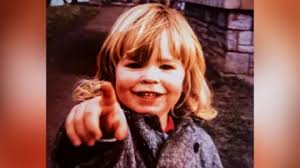

.jpg)




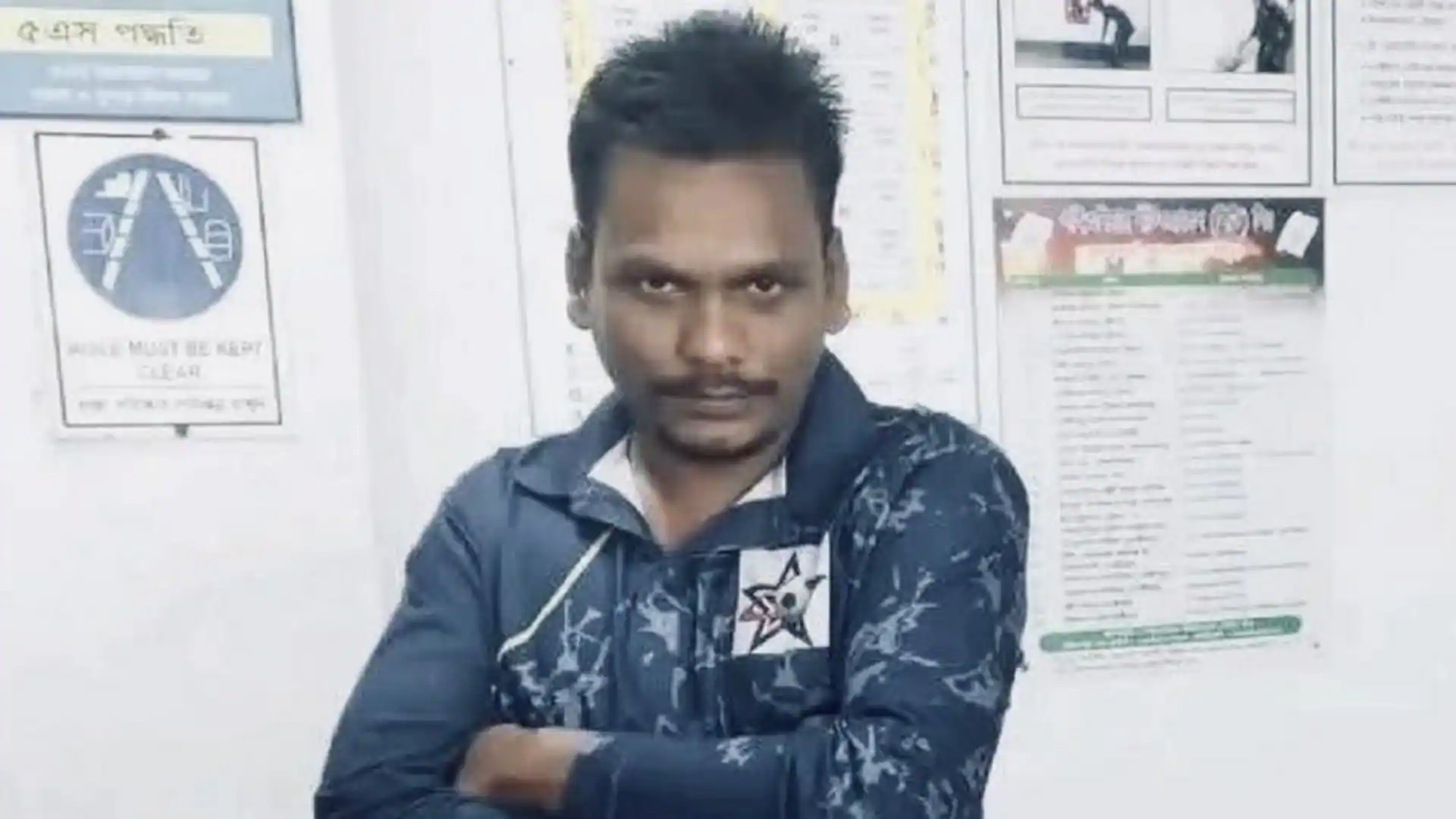
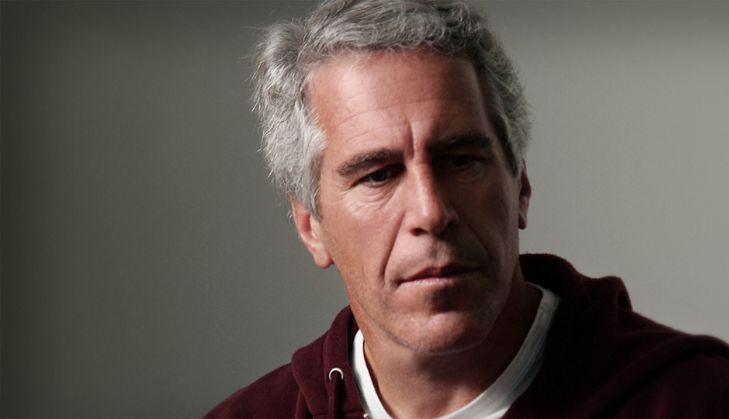
.png)
